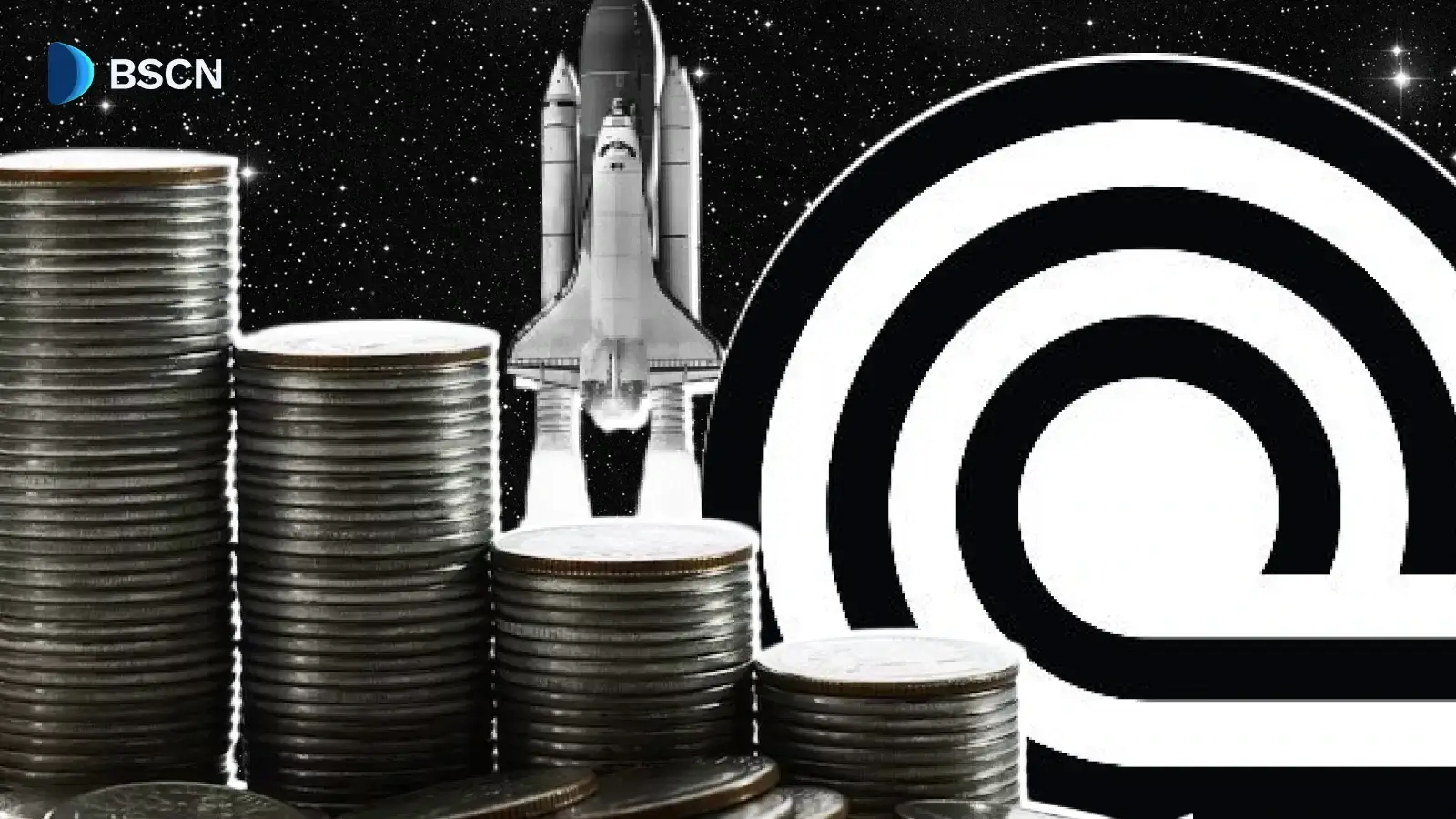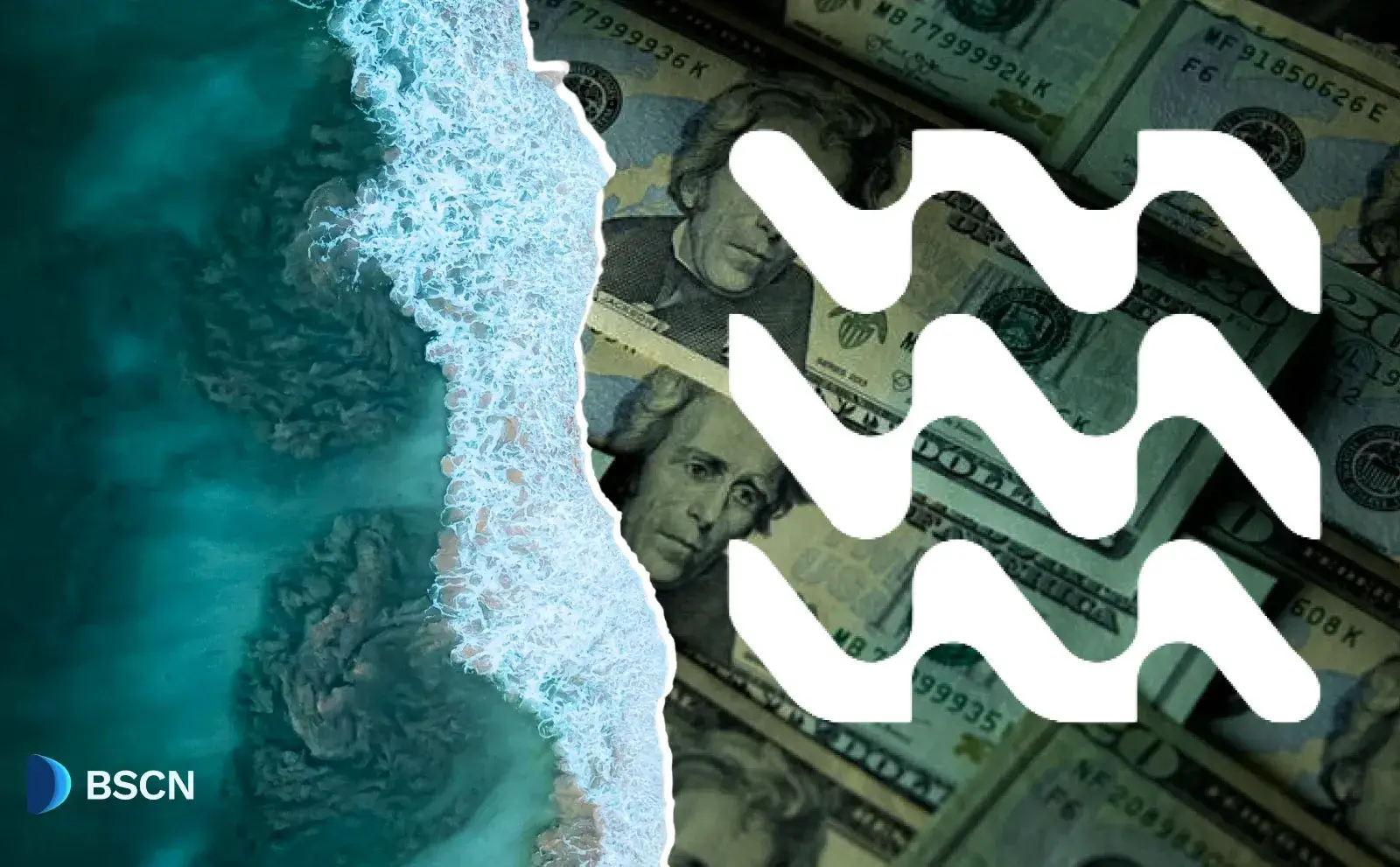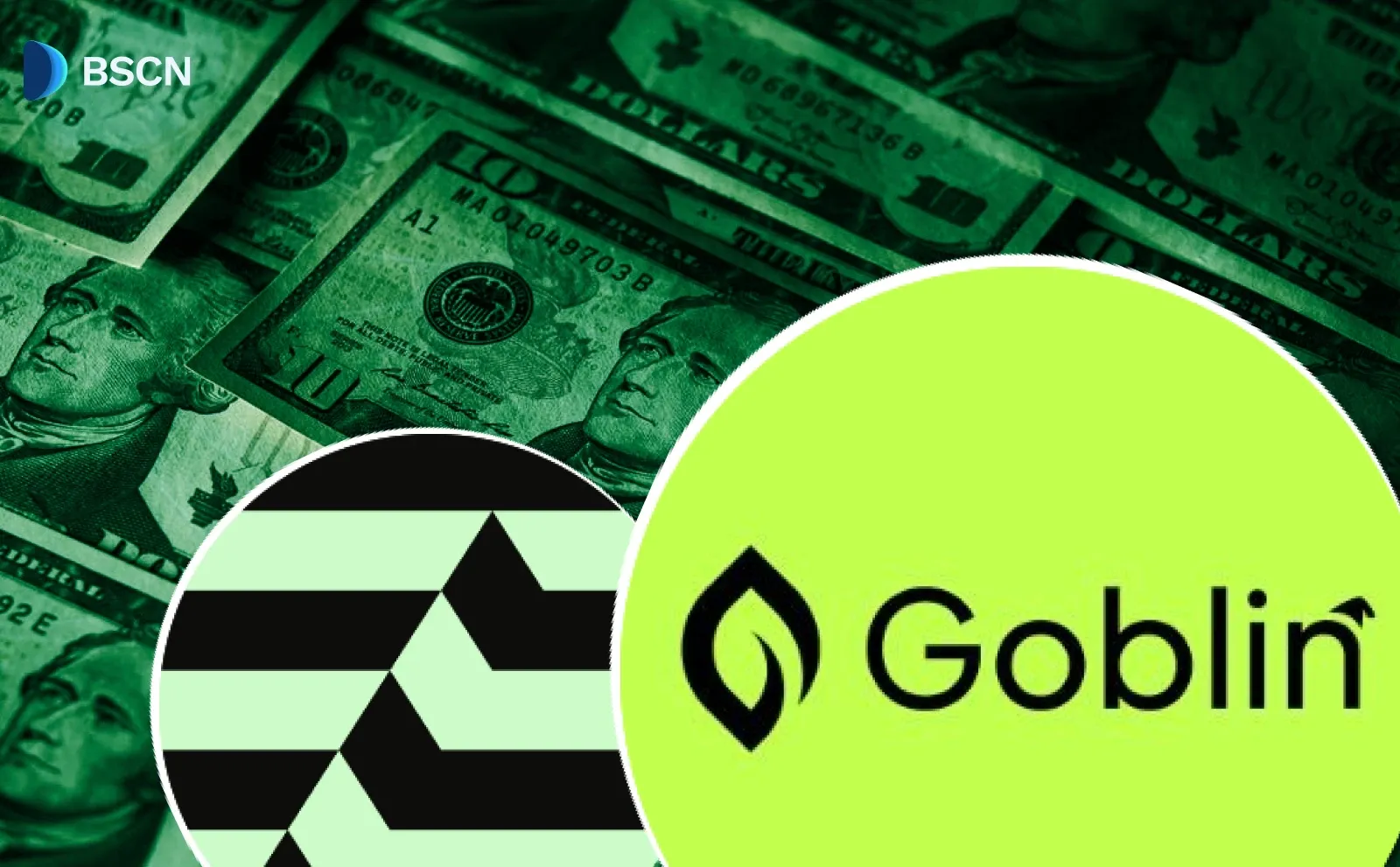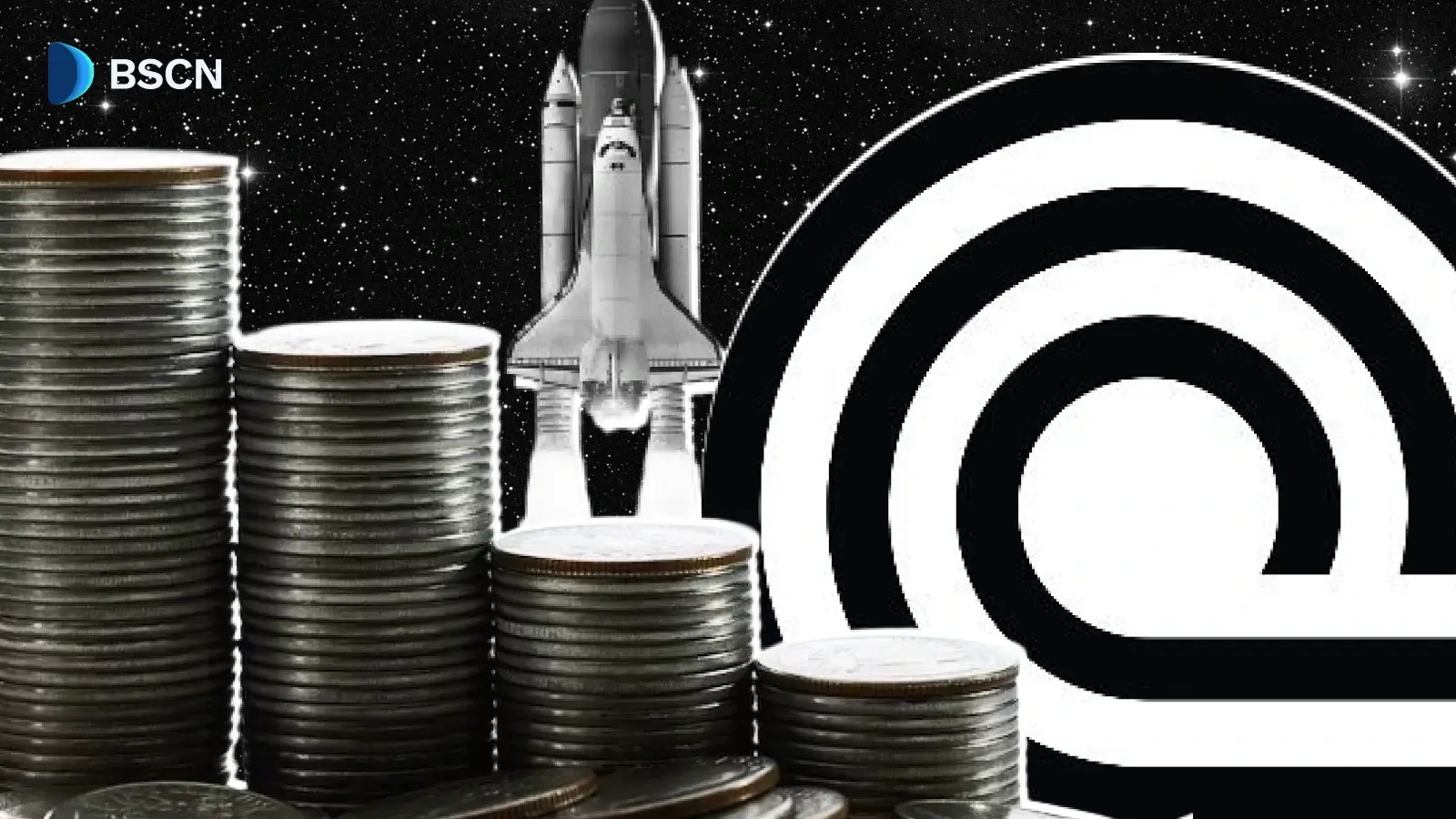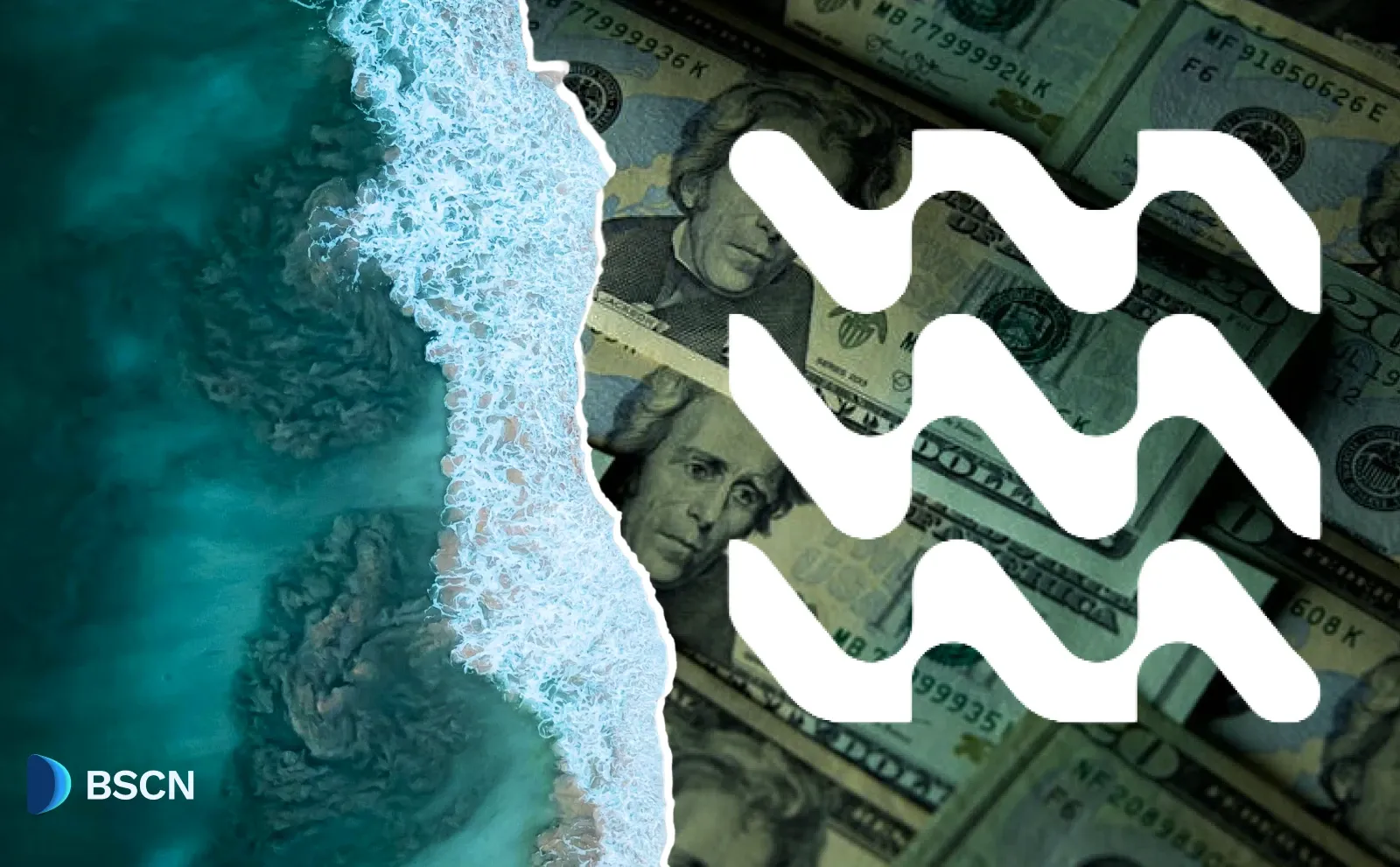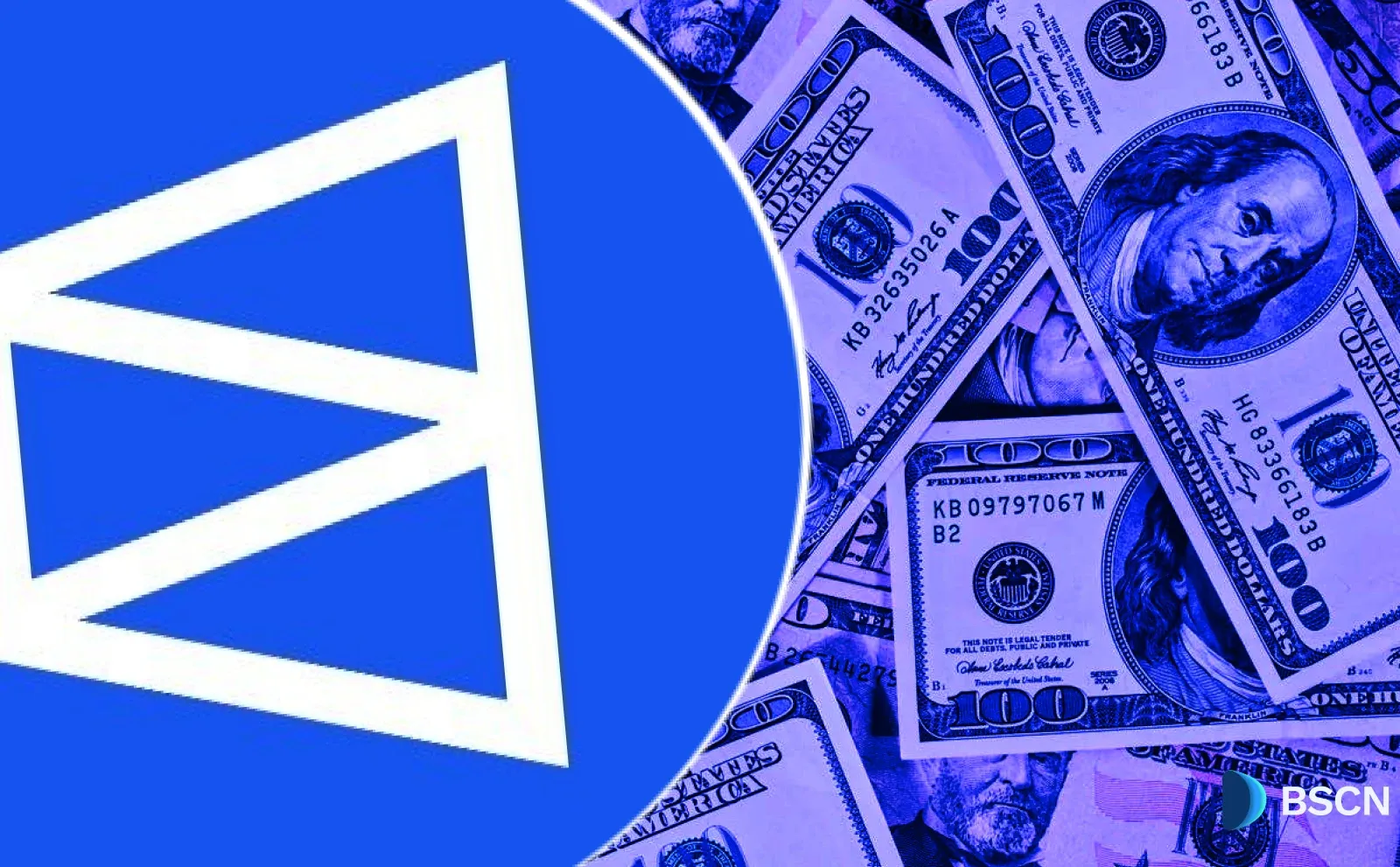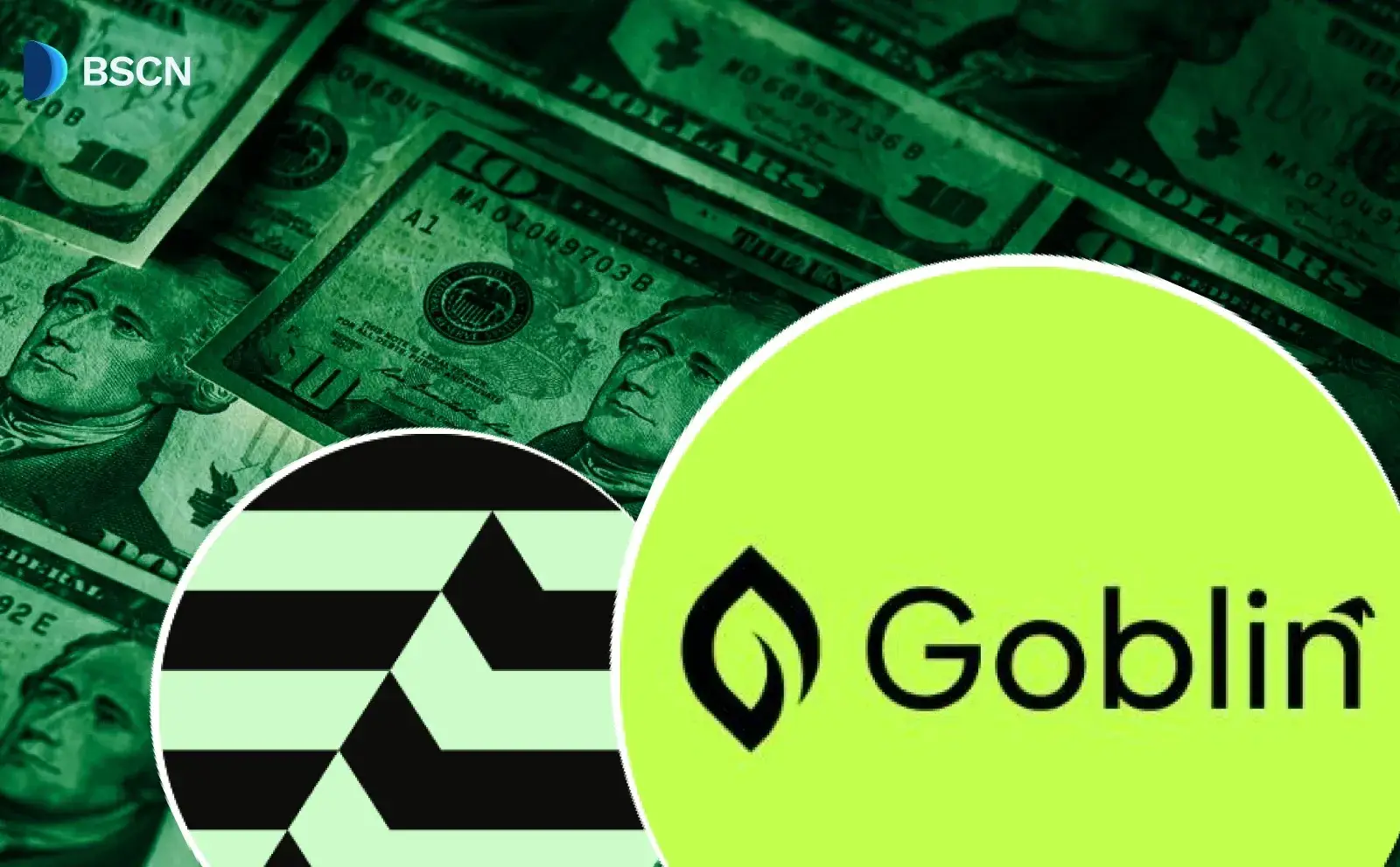Research
(Advertisement)
Can Pi Network’s PI Coin Reach $300?

A small number of Pioneers have shared their belief that Pi Network's token can reach $300. We did some thinking and here's what we found.
UC Hope
April 1, 2025
(Advertisement)
Table of Contents
Undoubtedly, Pi Network remains one of the blockchain protocols most discussed in the Decentralized Finance (DeFi) industry. The mobile mining blockchain has sparked serious curiosity since its 2019 debut. With an estimated 60 million users and a promise of accessibility, the PI coin’s potential value is a hot topic among its community of ‘Pioneers’.
With PI now live on several exchanges, there is growing speculation regarding its long-term value and potential to rival other leading assets, including $BNB, $SOL, and even $ETH. Pioneers have been vocal about the coin’s price, with some claiming it could even hit $300.
The claims seem intuitively far-fetched, but could PI ever hit $300? Let's take a closer look at the numbers, market dynamics, and theoretical possibilities. However, these metrics suggest this goal is a long shot—here’s why.
The Big Picture: What $300 Means for PI’s Market Cap
To understand PI’s chances of reaching $300, we must explore its market capitalization (market cap) and Fully Diluted Valuation (FDV). Market cap is the total value of circulating tokens (supply times price), while FDV includes all tokens, even those not yet in circulation.
Pi Network’s total supply is around 100 billion PI, with the circulating supply currently at over $6B according to CoinMarketCap. To understand what $300 means for Pi’s marketcap, let us assume we have 10 billion Pi in circulation.
Here’s the math:
- With 10 billion PI in circulation at $300 each, the market cap would be $3 trillion (10 billion × 300).
- If the entire 100 billion PI were valued at $300, the FDV would hit $30 trillion (100 billion × 300).
These figures are jaw-dropping. For perspective, Bitcoin’s market cap sits at about $1.6 trillion as of 2025, and Apple’s is roughly $3.3 trillion. A $30 trillion FDV would dwarf the entire crypto market, currently valued at around $2.5 trillion, making PI’s climb to $300 entirely unrealistic. Even with a smaller circulating supply of 2 billion, a $300 price yields a $600 billion market cap, which is still a massive leap for a project whose open mainnet recently went live.
The takeaway from this data is clear: PI reaching $300 would require a valuation that’s out of step with today’s economic realities.
Possible PI Token Burn?
A mass token burn is one scenario where PI could theoretically approach $300. This process involves permanently removing tokens from circulation to shrink supply, potentially boosting the price per token.
Projects like BNB have used burns to manage supply, so could Pi Network follow suit? If the team burned 90% of the 100 billion PI, leaving 10 billion, the market cap at $300 would be $3 trillion, a high but less astronomical figure.
But this idea hits several roadblocks:
- Pi Network’s official whitepaper focuses on distributing tokens through mining, without mentioning a burn strategy.
- A burn of 90 billion PI would likely involve tokens held by users, who’ve mined them expecting to cash in later. Burning user tokens could spark outrage, while burning only the team’s share leaves 80 billion, still yielding a $24 trillion FDV at $300—unrealistic.
Why $300 Feels Out of Reach
Beyond the numbers, PI’s path to $300 hinges on adoption, utility, and market conditions. At $300, the market cap would be $1.5 trillion—still huge for a coin in its early days after the mainnet launch. Price predictions for PI post-launch hover between $1 and $10, based on supposed expert forecasts, with $100 cited in extremely bullish scenarios (still unrealistic currently) but $300 is rarely mentioned. In fact, the figure is championed by Pioneers who are always looking for opportunities to make sure the project doesn’t fade away.
Pi’s competition adds pressure. Bitcoin, Ethereum, and newer networks like Solana dominate the market, offering proven use cases and liquidity. PI’s value depends on its mainnet rollout, exchange listings, and real-world use—none guaranteed to catapult it to top-tier status. Regulatory risks and user trust issues could further cap its growth.
While this speculative claim is unrealistic, Pi Network’s community remains optimistic, buoyed by its accessible mining model and promises of a decentralized future. Founder Nicolas Kokkalis has pitched PI as a currency for the masses, but concrete plans for hitting lofty price targets are scarce. With the asset already listed on several exchanges, bouncing between $0.8 and $0.7 within the last seven days, it looks increasingly unlikely that $PI may hold firm beyond $1, not to mention $300. For now, the protocol will need to stabilize its value before reaching the levels of the elites.
The Verdict: A Near-Impossible Climb
The evidence stacks against PI hitting $300. A market cap or FDV in the trillions is beyond reach for a project in Pi’s position, or any project for that matter. While theoretically possible, a mass token burn is impractical and unlikely to bridge the gap. Pi Network’s strengths lie in its community and vision, but the numbers suggest it’s more likely to settle at $1-$10 post-mainnet than to soar to triple digits.
Read Next...
Disclaimer
Disclaimer: The views expressed in this article do not necessarily represent the views of BSCN. The information provided in this article is for educational and entertainment purposes only and should not be construed as investment advice, or advice of any kind. BSCN assumes no responsibility for any investment decisions made based on the information provided in this article. If you believe that the article should be amended, please reach out to the BSCN team by emailing [email protected].
Author
 UC Hope
UC HopeUC holds a bachelor’s degree in Physics and has been a crypto researcher since 2020. UC was a professional writer before entering the cryptocurrency industry, but was drawn to blockchain technology by its high potential. UC has written for the likes of Cryptopolitan, as well as BSCN. He has a wide area of expertise, covering centralized and decentralized finance, as well as altcoins.
(Advertisement)
Latest News
(Advertisement)
Crypto Project & Token Reviews
Project & Token Reviews
Comprehensive reviews of crypto's most interesting projects and assets
Learn about the hottest projects & tokens
